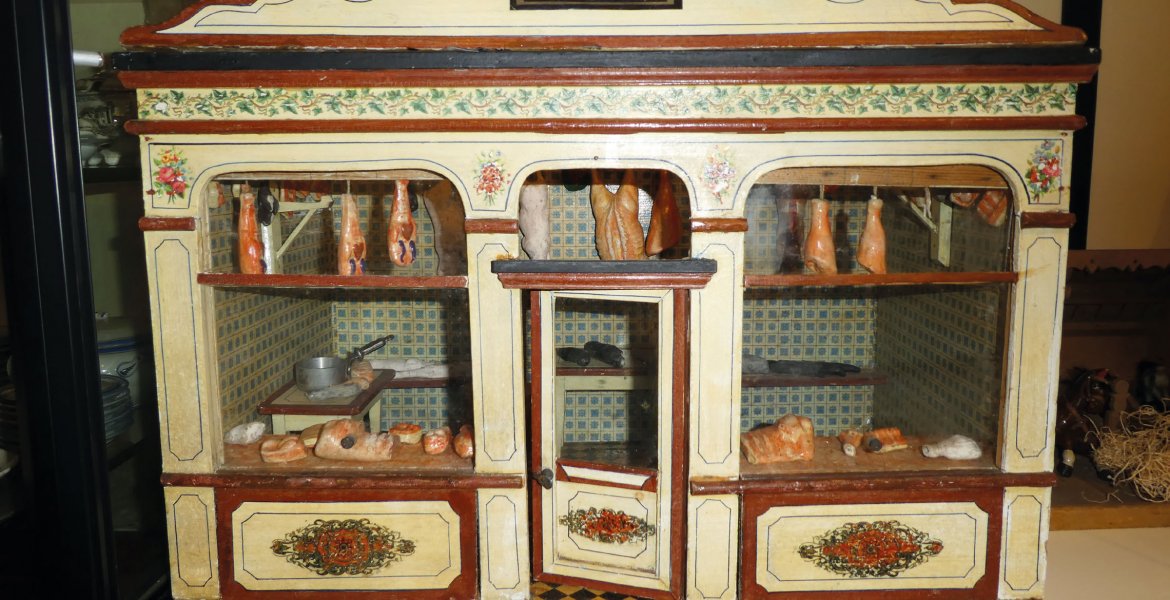Dolls’ houses are not just children’s toys – they can tell us a lot about our past, too. Nicola Lisle, author of a new book on dolls’ houses, explores the history of these miniature marvels and shines the spotlight on some beauties in Derbyshire.
ANYONE who has ever admired the dolls’ houses at the Bakewell Old House Museum or the Museum of Childhood at Sudbury Hall will quickly have realised that many were not originally intended as children’s toys. Until the Victorian era, they were very much the preserve of wealthy adults, often created by estate carpenters and then filled with valuable miniatures commissioned from leading craftsmen of the day. Today these exquisite showpieces are time capsules that reflect the fashions, architecture and domestic lives of the past. The exact origins of dolls’ houses are unknown and probably stretch back hundreds of years. But the fad for all things miniature appears to have started in 16th century Bavaria where, in 1558, Albert V commissioned a replica of one of his ducal palaces. The Munich Baby House, as it came to be known, was sadly destroyed by fire in 1674, but by then its opulence and grandeur had inspired the creation of other ‘baby houses’ among the aristocracy and wealthy middle classes…

